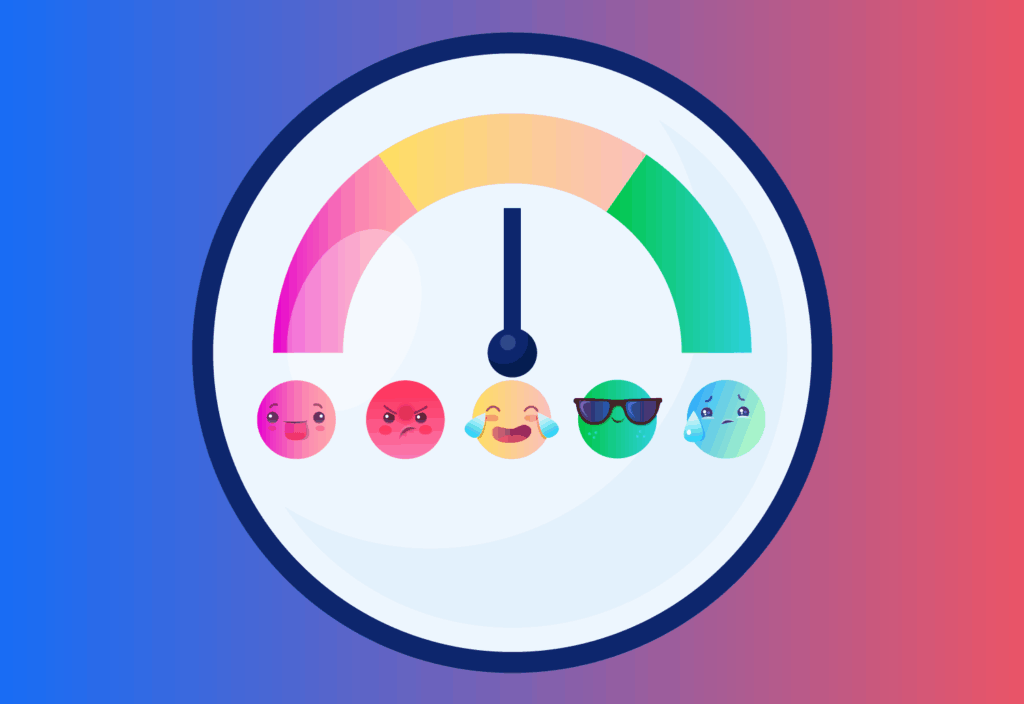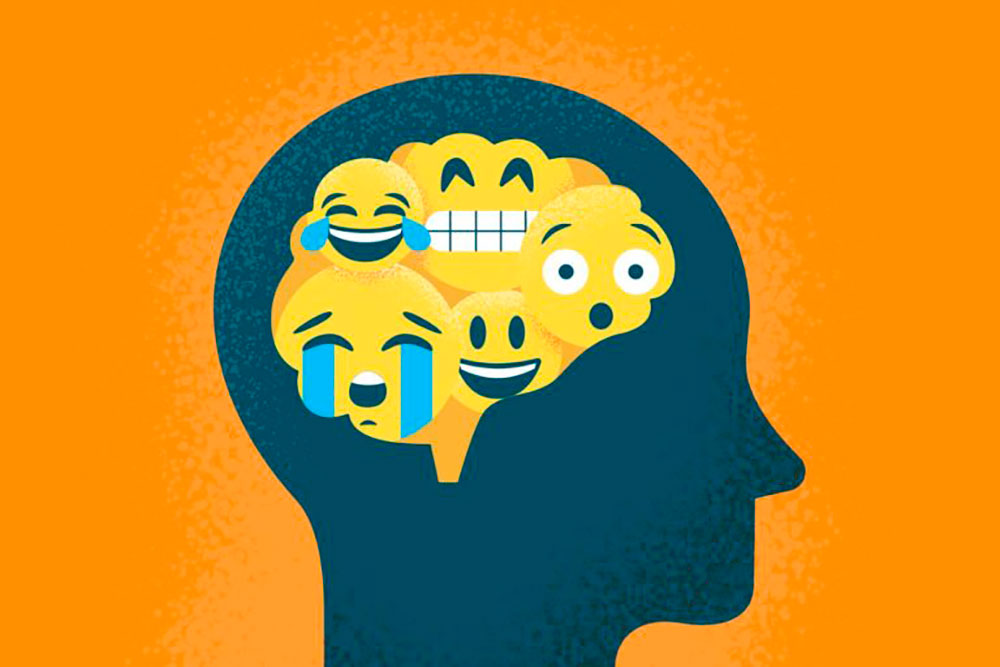
In our fast-paced world, reactive behavior can lead to unproductive outcomes and overwhelming stress. Many struggle with overreacting to everyday challenges, which in turn affects personal well-being and relationships. This article explores the psychology behind emotional reactivity and offers practical hacks and techniques to master a calm, measured response. By understanding the inner workings of our emotional responses and applying proven psychological strategies, you will learn how to cultivate calmness and build resilience against external pressures. Discover the transformative power of a measured response and learn how to turn reactive behaviors into opportunities for growth.
Understanding Emotional Reactivity
Emotional reactivity is an instinctive response that often occurs before the brain has time to fully process an event. These automatic reactions, rooted in survival instincts, once helped our ancestors respond quickly to threats. Today, however, such responses can generate unnecessary stress and miscommunication in everyday situations. Recognizing the early signs of emotional reactivity is the essential first step toward building a calm response.
Our reactivity is influenced by past experiences, environmental triggers, and even genetic factors. It is important to remember that being reactive does not define who you are—it is a habit that can be reshaped. In this section, we explore common triggers behind reactive behaviors and discuss why these patterns develop.
For example, a minor disagreement at work can quickly escalate into an intense confrontation if you react impulsively. By developing awareness of these patterns, you can learn to differentiate between a natural emotional instinct and an unnecessary reaction. Awareness is the key to change—once established, it is the pathway toward a more balanced and calm demeanor.
The Science Behind Your Reactions

Understanding the biology behind emotional reactions is vital for gaining control over them. The limbic system, especially the amygdala, plays a critical role in processing emotions, often triggering a fight-or-flight response before the prefrontal cortex has a chance to evaluate the situation. This split-second activation protected our ancestors but can lead to overreactions in modern, benign circumstances.
Numerous neuroscience studies have shown that the brain’s response system can be retrained through repeated practice and mindfulness. Neural plasticity offers hope by demonstrating that with dedication, individuals can change their response patterns. Ongoing research continues to reveal innovative methods to reshape these neural circuits.
Additionally, hormonal surges—particularly adrenaline and cortisol—can heighten reactivity. While these biochemical responses are natural, they can be regulated with conscious effort. Understanding this scientific foundation not only demystifies our automatic responses but also empowers us to manage our emotional destiny more effectively.
Neural Pathways and Plasticity
Neural plasticity refers to the brain’s ability to reorganize itself by creating new neural connections. This is crucial for learning new behaviors, including better managing your reactions.
When you consciously practice calm responses, you reinforce neural pathways that favor mindfulness over impulsivity.
The Hormonal Impact
The release of stress hormones like cortisol during reactive moments is a normal response. However, excessive levels can undermine your overall well-being over time.
Understanding how these hormones work can help you develop strategies—such as regular exercise and meditation—to keep their levels in check.
Psychological Practices to Master Calmness

Developing a calm mindset in the face of triggers involves practical psychological techniques that help reshape habitual responses. Cognitive Behavioral Therapy (CBT) is one method that aids in identifying and challenging negative thought patterns before they escalate into emotional outbursts.
A key aspect of these practices is recognizing and reframing distorted perceptions. For instance, viewing a competitive conversation as an opportunity to learn rather than a personal attack can make a significant difference. Reframing is a powerful tool that transforms challenges into opportunities for growth.
Another useful practice is journaling. Recording your thoughts when overwhelmed can highlight the triggers that lead to reactivity. Over time, this process reveals patterns and provides insights for implementing targeted changes. With persistence, these psychological techniques not only reduce reactivity but also enhance overall mental clarity and stability.
Mindfulness and Cognitive Techniques
Mindfulness is the art of staying present and fully engaging with the moment, free from judgment. By practicing mindfulness, you learn to observe your thoughts and feelings rather than reacting impulsively. This approach, bridging ancient traditions and modern science, has proven its effectiveness in cultivating lasting calm.
Cognitive techniques involve actively modifying thought processes. Methods such as cognitive restructuring empower you to challenge irrational beliefs and replace them with realistic perspectives.
Together, mindfulness and cognitive strategies form a powerful duo in managing emotional reactivity. Regular practice builds resilience against stress and emotional turbulence. Practicing mindfulness reminds you that every moment is transient, offering the space for thoughtful, measured responses instead of automatic reactions.
Practical Mindfulness Exercises
Incorporate daily practices like deep breathing and body scanning to reduce anxiety and boost self-awareness.
Even short sessions of mindfulness can lead to significant improvements in emotional regulation, helping you stay calm under pressure.
Cognitive Restructuring Techniques
Begin by identifying negative thoughts and the situations that trigger them, then consciously replace those thoughts with balanced alternatives.
This technique not only minimizes stress responses but also builds a robust framework for handling future challenges.
Long-Term Strategies for Emotional Mastery

Achieving lasting emotional stability requires commitment to long-term strategies that combine practical exercises with lifestyle changes. Establishing a routine that supports mental well-being is key to maintaining a calm and balanced mind. Consistency in practice is essential for lasting success.
One of the most effective long-term approaches is building a strong support network. Whether through therapy, support groups, or trusted friends, sharing experiences and receiving feedback creates a solid foundation for emotional resilience.
Lifestyle changes, such as regular physical activity, sufficient sleep, and proper nutrition, also play a significant role in reducing stress vulnerability. Over time, these adjustments form new habits and strengthen your ability to respond thoughtfully rather than impulsively. Integrating these practices into your daily routine ensures sustainable progress and helps the art of not reacting become second nature.
Content Additional
For readers seeking further insights into mastering a calm mind, this section delves into additional psychological perspectives and techniques. Here you will find extra resources, detailed examples, and nuanced tactics that complement the core strategies already discussed. Whether you face chronic stress or occasional anxiety, these insights are designed to enhance your approach.

One highly effective method is the practice of radical acceptance. This concept involves fully acknowledging reality without attempting to change it. By accepting your current state without judgment, you can naturally reduce the inner turbulence that fuels reactivity. Studies show that radical acceptance can significantly lower symptoms of anxiety and depression, making it a valuable strategy for maintaining calm.
Another perspective comes from philosophical traditions such as Stoicism. Stoicism teaches that while external events remain beyond our control, our responses to them are ours to manage. This ancient wisdom complements modern psychological practices by emphasizing that focusing on what you can control is a powerful way to handle stress and emotional upset. Additionally, real-life case studies of individuals who have implemented these strategies provide both inspiration and practical advice. Emulating these proven strategies can reshape your emotional landscape and guide you towards a more intentional, reflective life.
Mastering the art of not reacting is a journey based on understanding, practice, and gradual transformation. The psychology behind our emotions reveals that our reactions are not predetermined—they can be consciously managed. By integrating mindfulness, cognitive techniques, and long-term strategies, you pave the way to a more balanced and fulfilling life. Every step taken toward controlling your reactions is a step toward inner peace and mental resilience. Embrace the journey and celebrate each moment of calm.




